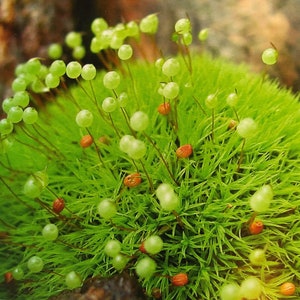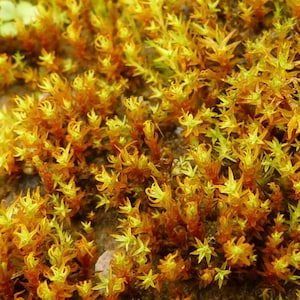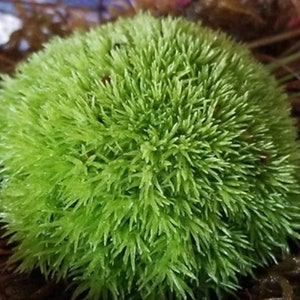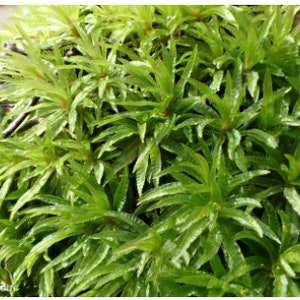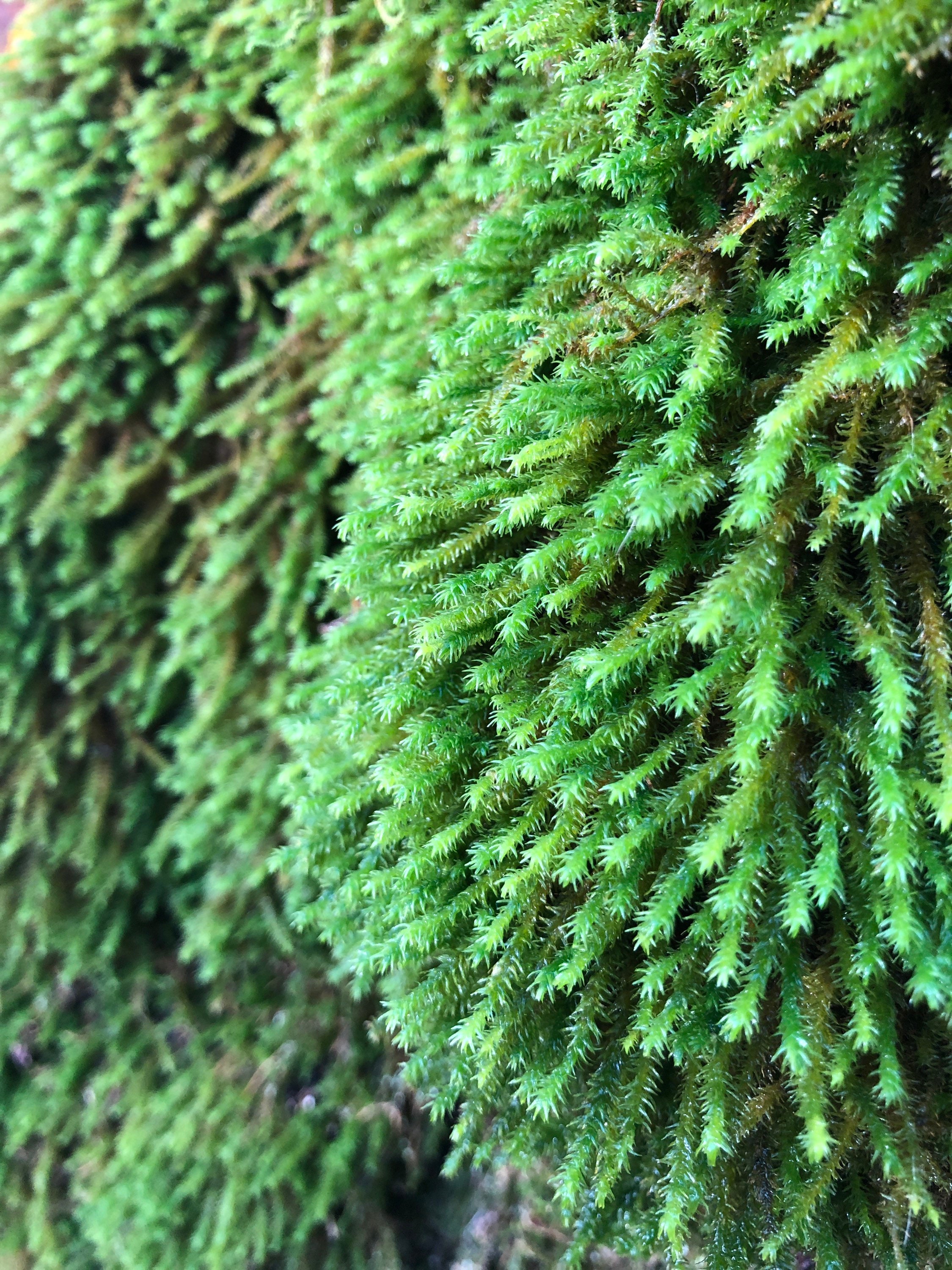
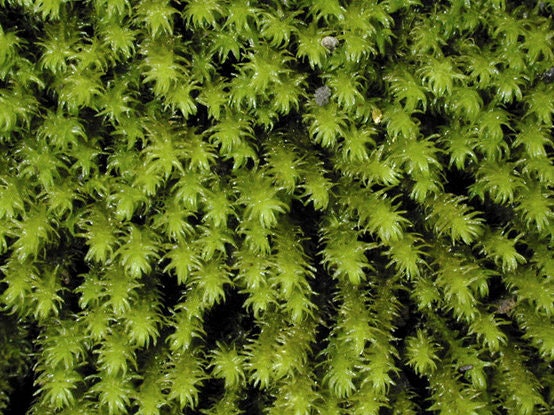


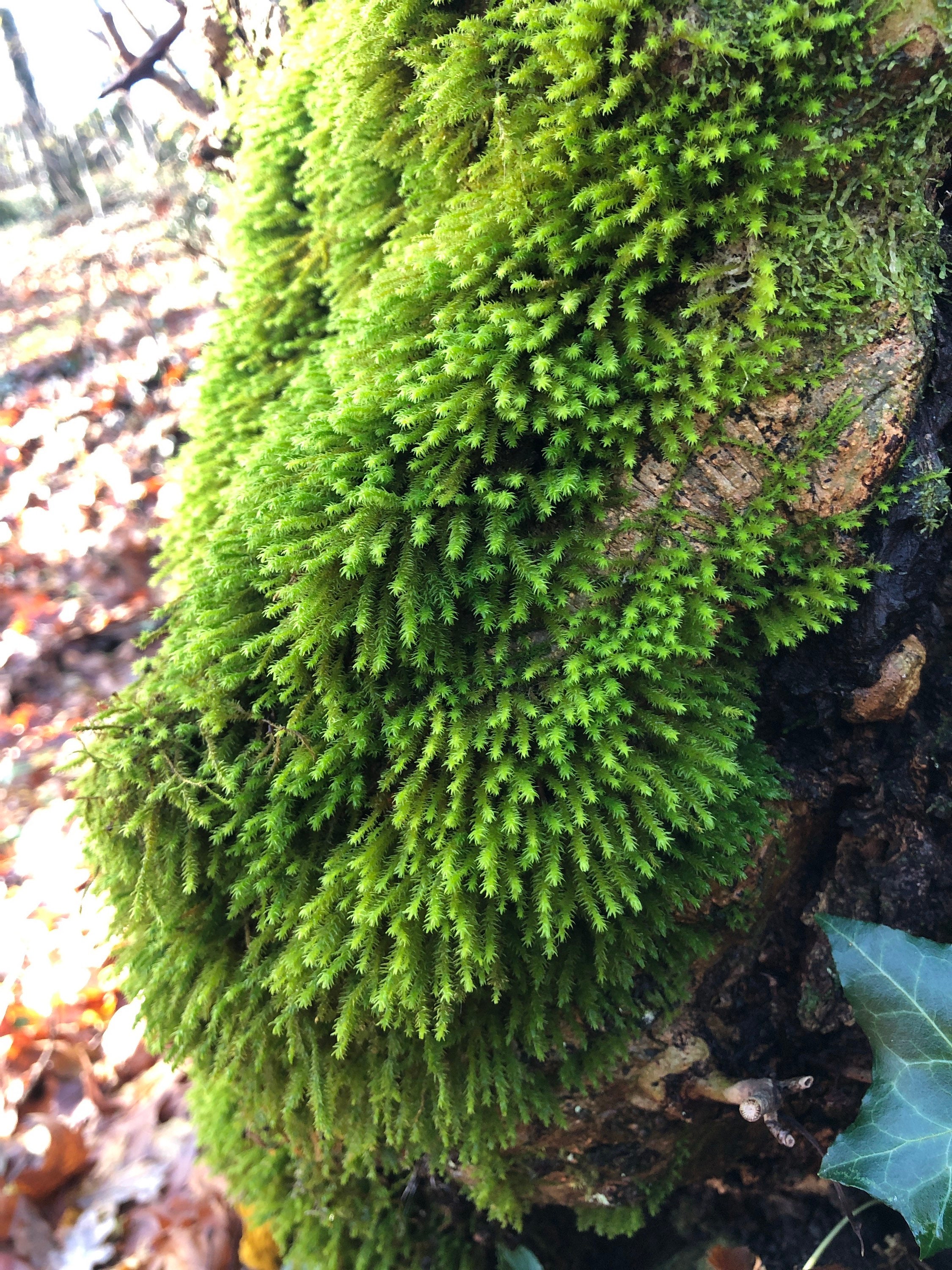
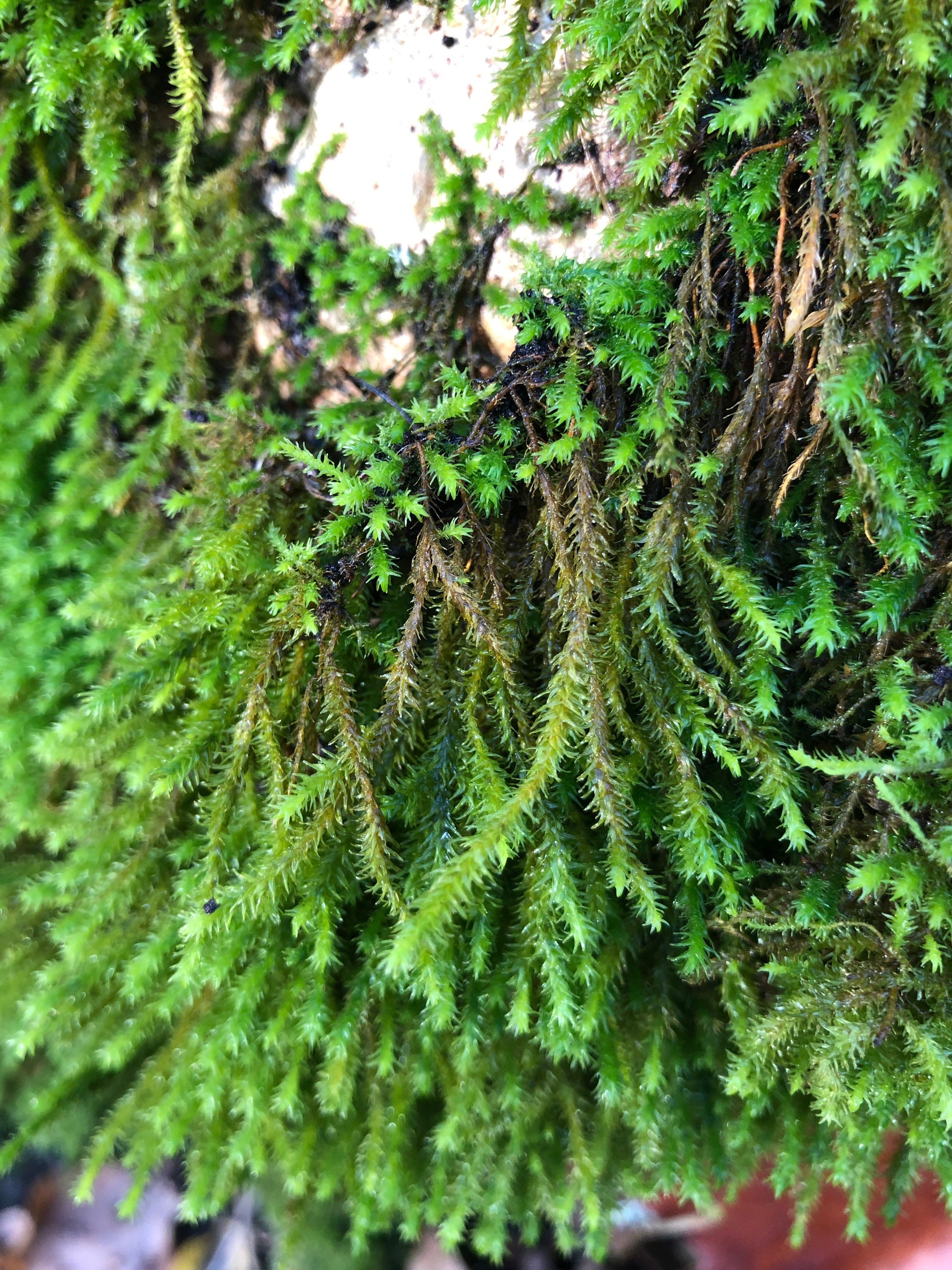

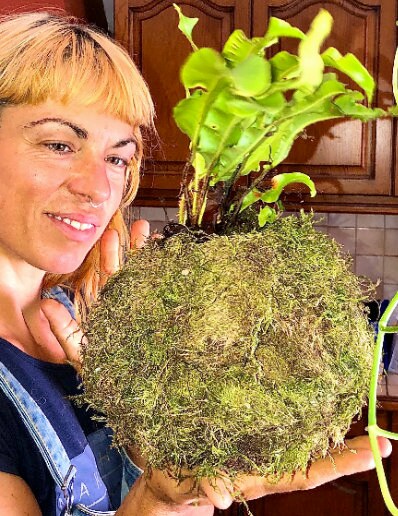
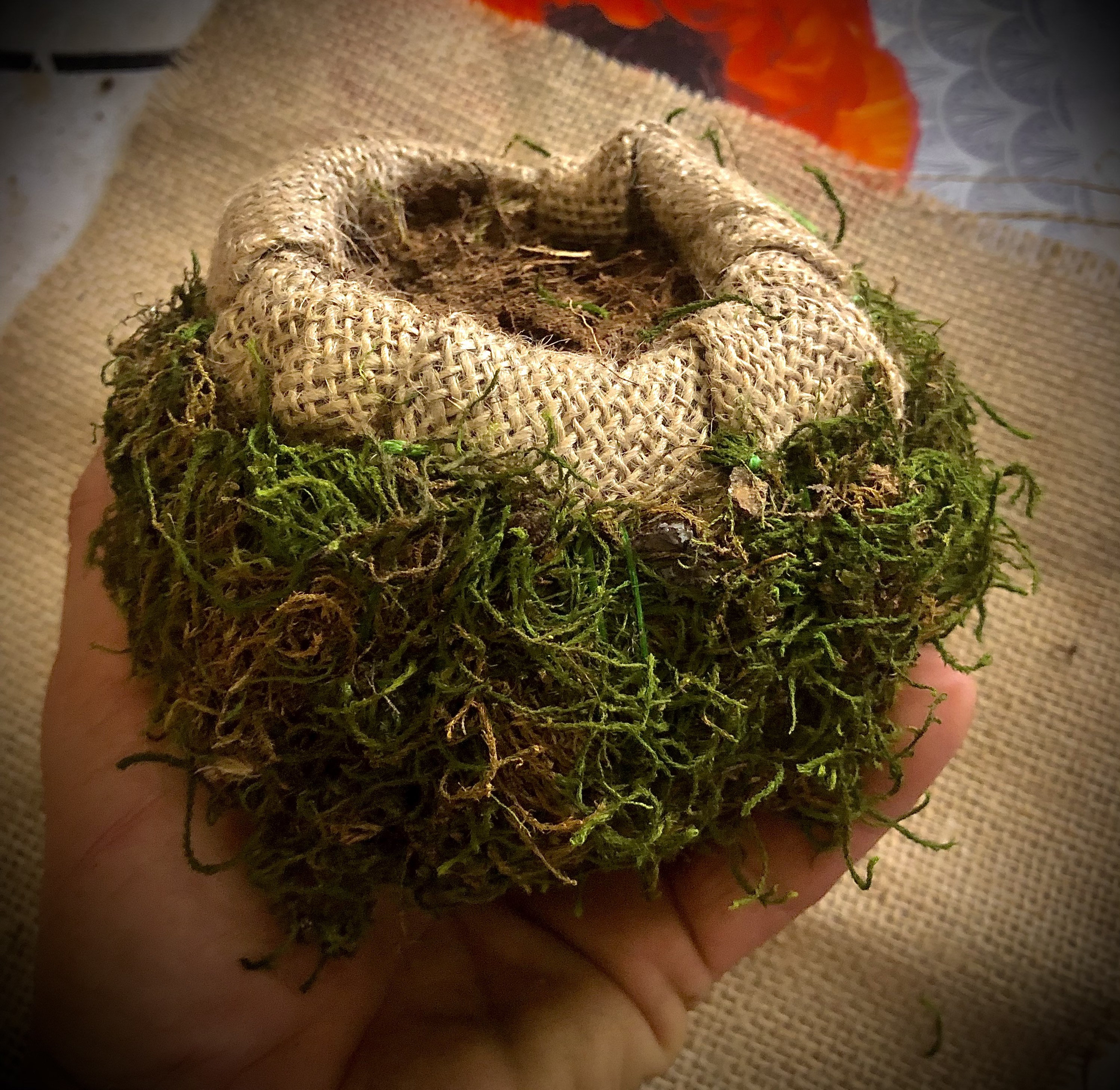

moss
Terrarium moss Hanging moss, Anomodon viticulosus with Phytosanitary certification and Passport, grown by moss supplier
$4.75
-
DetailsAnomodon viticulosus Is a full shade high humidity moss that grows on rock and wood
Making a bioactive terrarium? We also sell clean up arthropods (springtails), crustaceans (isopods), and Oniscomorpha (Pill millipedes). These unique living organisms will help establish a healthy relationship between the soil, plant roots and biodegradables inside the enclosure to thrive. If you interested in learning more please message/contact us or go to moss-wholesale.com
Free international tracked shipping from 100 euros of items bought with coupon FREESHIPPING100
Watch this video for more info about this moss: https://youtu.be/BZvWCi-qmK8
Check out our organic goat milk fertiliser pellets for moss!
Our pellets are made from full fat unpasteurized goat milk straight from the udder, mixed with red clay and dehydrated at 70 degrees. Our fertiliser pellets are perfect for terrariums, living walls, moss gardens exterior as interior. But of course this is an amazing fertiliser for all plants including roses, vegetables, pot plants etc.
Why is goat milk the best fertiliser for moss and other terrarium plants?
This is our secret to the beautiful moss we grow in our moss nursery, our ferns and succulents and orchids and other rock garden plants, in fact, our whole farm!
Like all plants, moss needs nitrogen, either gleaned from the soil and substrate or from water uptake. If your moss doesn’t get enough nutrients from rainfall or substrate a mild, organic fertilizer, such as one containing lactic acid from goat milk which non-protein nitrogen content is usually 5-8 % of total nitrogen. Signs your moss needs fertilization include spotty growth and poor color.
(When choosing which items to add to your basket please be aware of the difference in 5x5cm Moss: a carpet of moss. substrate.
A beautiful moss that tumbles off woodcuts and man made structures like a green thick shaggy carpet, A. viticulosus forms large, loose, rather pale yellowish-green tufts. The branches are about 2–8 cm long, grow more or less erectly or pendently from horizontal
primary stems. It is remarkable for its pronounced hygroscopic quality: when dry shoots are moistened, the dull green, much twisted leaves change in a matter of
seconds from being appressed to the stem to pointing well-away from it. They also become a brighter green when moistened. Leaves are 2–3 mm long, run down onto the stem, and are broad at the base, but narrow markedly in the upper part to form a long, blunt tip. The nerve ends below the tip. The erect, cylindrical (2–3 mm long) capsules are rare in winter and spring, and borne on a pale yellow seta 2 cm long.
A. viticulosus most often occurs – sometimes in great quantity – on well-drained, lightly shaded, base-rich or calcareous rocks and drystone walls in the lowlands. For example, many limestone cliffs in wooded valleys are covered by extensive mats of this species. It also occurs on chalk, both on hedge banks and in grassland, as well as at the base of old trees, especially ash (Fraxinus excelsior) and elm (Ulmus). Another habitat is soil-coated tree roots, masonry or concrete by streams and rivers. It may also be found on shaded concrete and brickwork away from water.
You will be receiving moss which has been dehydrated for shipping, when she arrives just rehydrate her by spraying water on her, and within seconds she comes back to life. Do have a look at my other moss, liverwort, and lichen collection for sale in my Etsy shop, and chose a selection.
Do have a look at my other dry moss, lichen and liverwort species for sale and buy a selection, for your table art, garden, pet Terrariums (allow the moss time to set and absorb water before you let your pet play with it, allow up to 1 month for moss to set.)
Historically, three taxonomic bryophyte groups have been recognized and now represent the three main divisions in this group: Marchantiophyta (liverworts), Bryophyta (mosses) and Anthocerotophyta (hornworts). The three main groups have diversified throughout their evolutionary history, making it difficult to identify the specific characters separating these three groups.
The status of bryophytes as the oldest living land plants is widely accepted.
They evolved about 500 million years ago. Like other land plants, mosses contain green chlorophyll and make their own food through photosynthesis, which involves using the energy of the sun to combine carbon dioxide and water to make sugars.
Mosses are nonvascular plants, which means that they lack a vascular system. Because nonvascular plants lack lignified water-conducting tissues, they can't become as tall as most vascular plants.
The Ecological Roles of Mosses - Mosses play essential roles in the natural world:
Mosses don't need previously developed soil to survive, because they obtain their mineral nutrients from rain or running water.
This means that mosses are sometimes the first to colonize newly exposed areas. They promote soil formation, because (as they grow) dust and humus collects among the stems. When they die, their bodies decompose and add to the developing soil.
Mosses grow where other plants cannot, because they can survive without being rooted in soil. They can survive on cliffs, rocks, steep hills, and tree trunks. Mosses colonize the barren rocks and exposed areas of hills, and make them suitable for growing larger vascular plants by depositing humus soil and plant debris. Mosses can remain alive even during periods of drought, resuming photosynthesis when moistened again by rain or even fog.
Mosses play an important role in the global carbon cycle. They absorb carbon dioxide and release oxygen. In areas with cool climates, decomposition is slow because of cold temperatures. This means that large amounts of carbon are sequestered in the Sphagnum of bogs.
Mosses also contribute to the environment by absorbing water from rainfall and runoff, then slowly releasing it to the ground or atmosphere. This reduces stream erosion and fluctuating lake levels.
Mosses also provide habitat on which many species ultimately depend, underpinning entire ecosystems. Mosses provide shelter for other organisms such as small insects. The insects, in turn, provide food for frogs, which in turn provide food for snakes, which in turn provide food for carnivores like bobcats. -
Shipping & Policies
Shipping from France
Processing time
1-3 business days
Customs and import taxes
Buyers are responsible for any customs and import taxes that may apply. I'm not responsible for delays due to customs.
Payment Options
Returns & Exchanges
I gladly accept returns, exchanges, and cancellations
Just contact me within: 14 days of delivery
Ship items back to me within: 30 days of delivery
- Custom or personalized orders
- Perishable products (like food or flowers)
- Digital downloads
- Intimate items (for health/hygiene reasons)
- Items on sale
Conditions of return
Buyers are responsible for return shipping costs. If the item is not returned in its original condition, the buyer is responsible for any loss in value.
Questions about your order?
Please contact me if you have any problems with your order.
